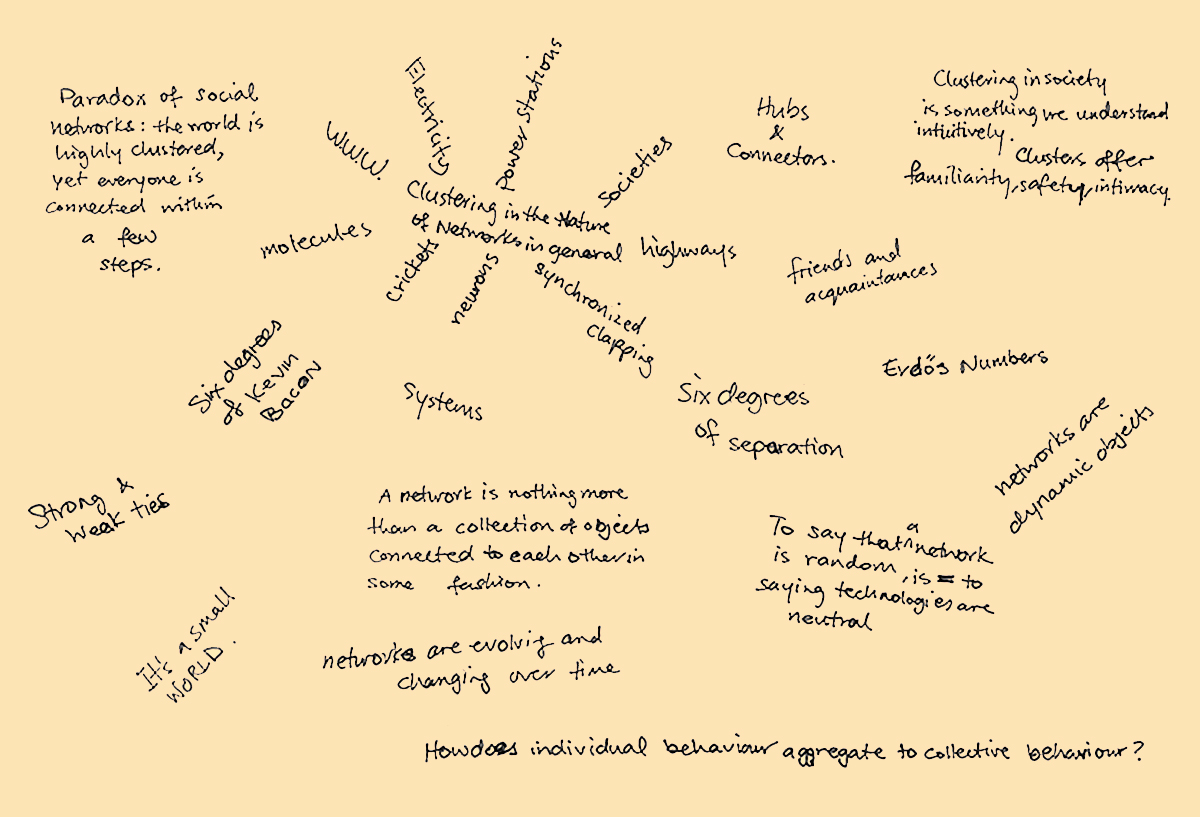It’s been a while.
Since I have visited this place…or listened to Radiolab…
Discovered a very interesting podcast in the latest episode on Radiolab: 99% Invisible
At first, I thought it was something to do with Dark Matter, something invisible and undetectable to us which scientists say makes up something like 94% of the universe!
Then, I thought maybe it was a metaphor for how much we can’t see: as visible light only makes up a few percentage of the entire electromagnetic spectrum.
This is what I soon discovered: “99% Invisible is a tiny radio show about design, architecture & the 99% invisible activity that shapes our world.”
Although this podcast mainly focuses on design, architecture and cities, the concept of its name still sparked ideas for me.
As I am working on a project with a friend to understand the different influences on climate change, and why it is still so easily denied, I think the concept of 99% invisible is a suitable metaphor to describe not only the easily forgotten yet significant impact we have on our planet as a species, but also our blindness to the true insignificance of our selves, race, gender, countries, species, planet and even our solar system on a cosmic scale.
The phrase highlights the wonderful duality of human perspective: that we ought to be humble of our place in the universe, yet never underestimate the impacts we can have in our environment.

